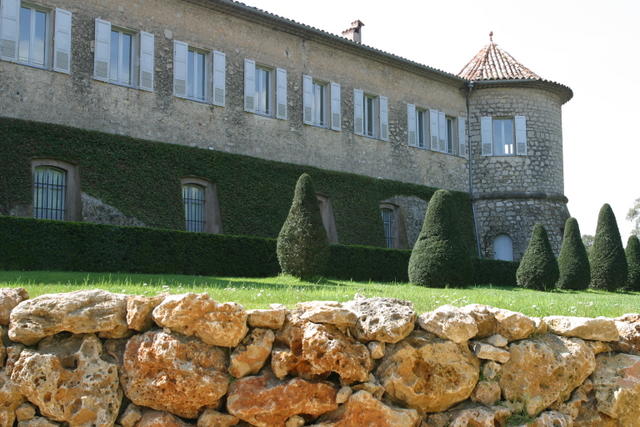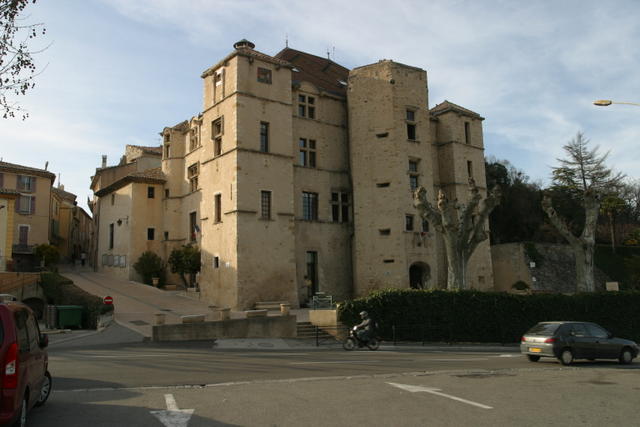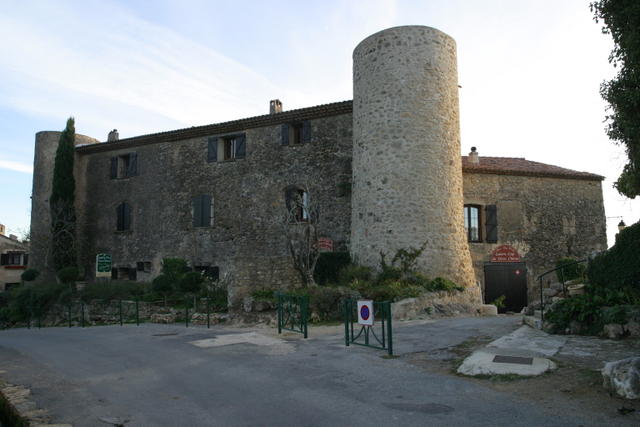“The Network of Excellence on Engineering Secure Future Internet Software Services and Systems (NESSoS) aims at constituting and integrating a long lasting research community on engineering secure software-based services and systems.
The NESSoS engineering of secure software services is based on the principle of addressing security concerns from the very beginning in system analysis and design, thus contributing to reduce the amount of system and service vulnerabilities and enabling the systematic treatment of security needs through the engineering process. In light of the unique security requirements the Future Internet will expose, new results will be achieved by means of an integrated research, as to improve the necessary assurance level and to address risk and cost during the software development cycle in order to prioritize and manage investments. NESSoS will integrate the research labs involved; NESSoS will re-address, integrate, harmonize and foster the research activities in the necessary areas, and will increase and spread the research excellence. NESSoS will also impact training and education activities in Europe to grow a new generation of skilled researchers and practitioners in the area. NESSoS will collaborate with industrial stakeholders to improve the industry best practices and support a rapid growth of software-based service systems in the Future Internet.
The research excellence of NESSoS will contribute to increase the trustworthiness of the Future Internet by improving the overall security of software services and systems. This will support European competitiveness in this vital area.”


